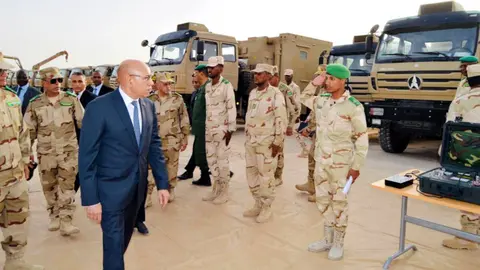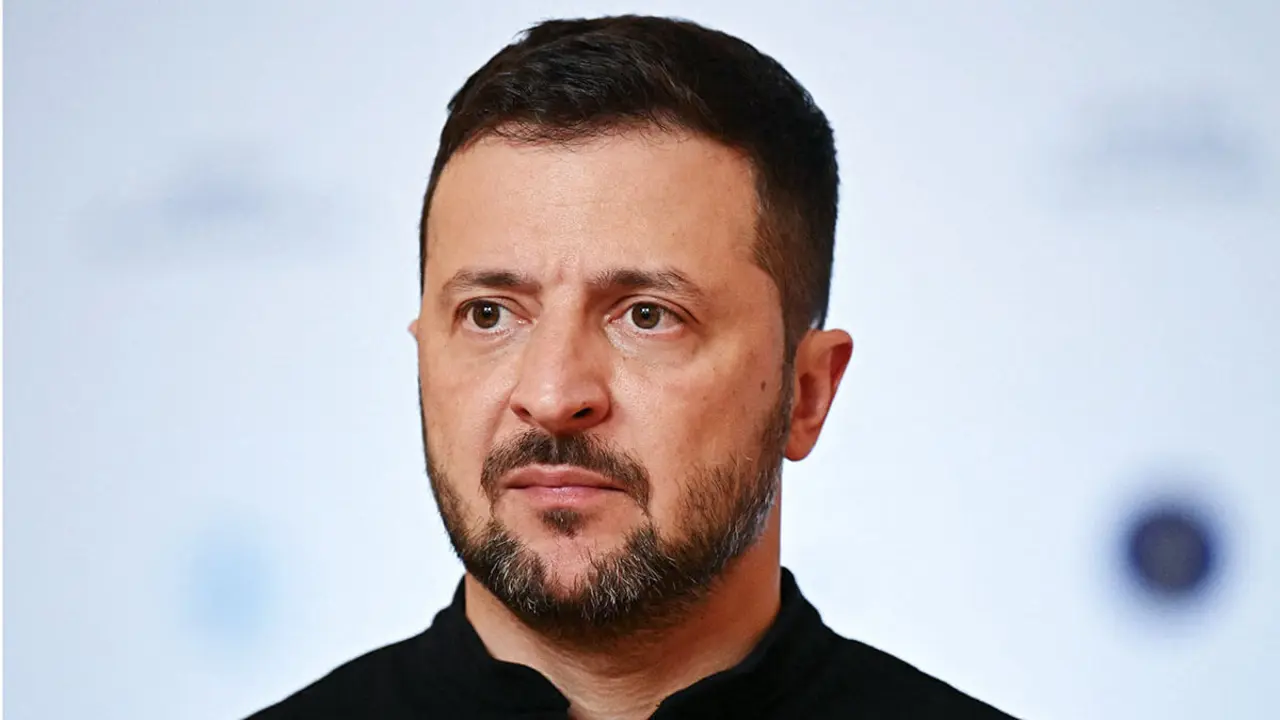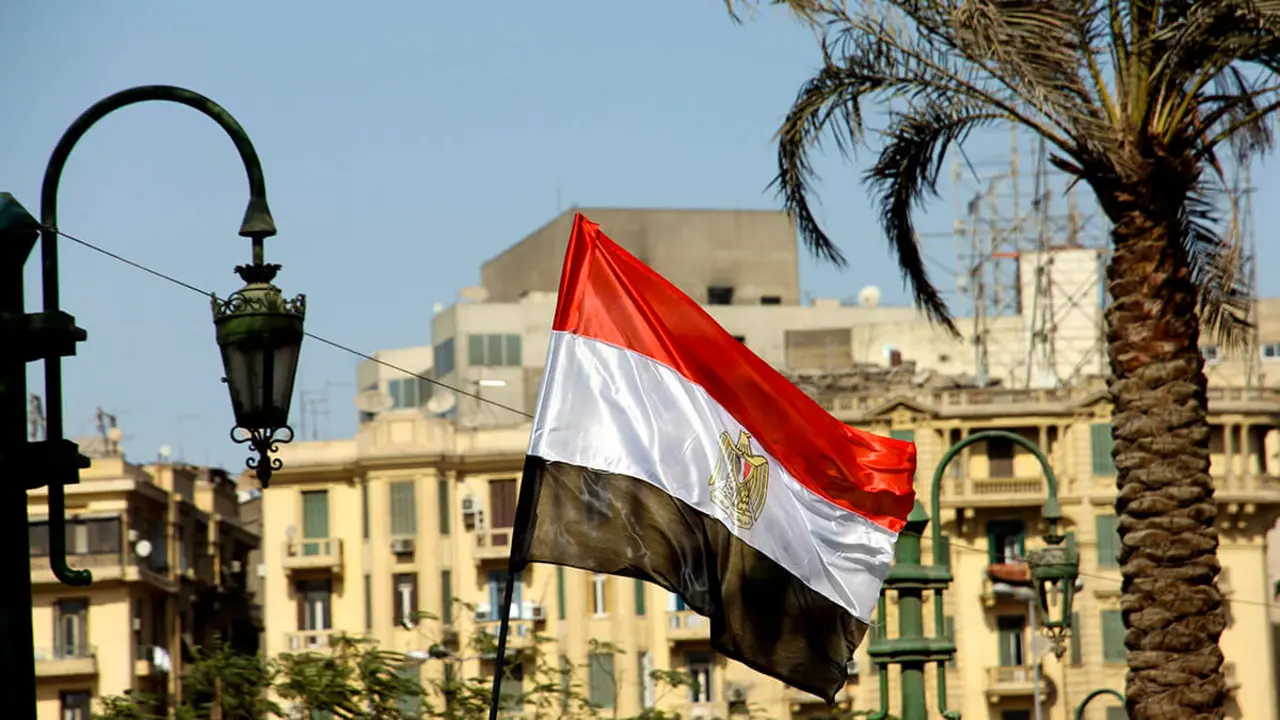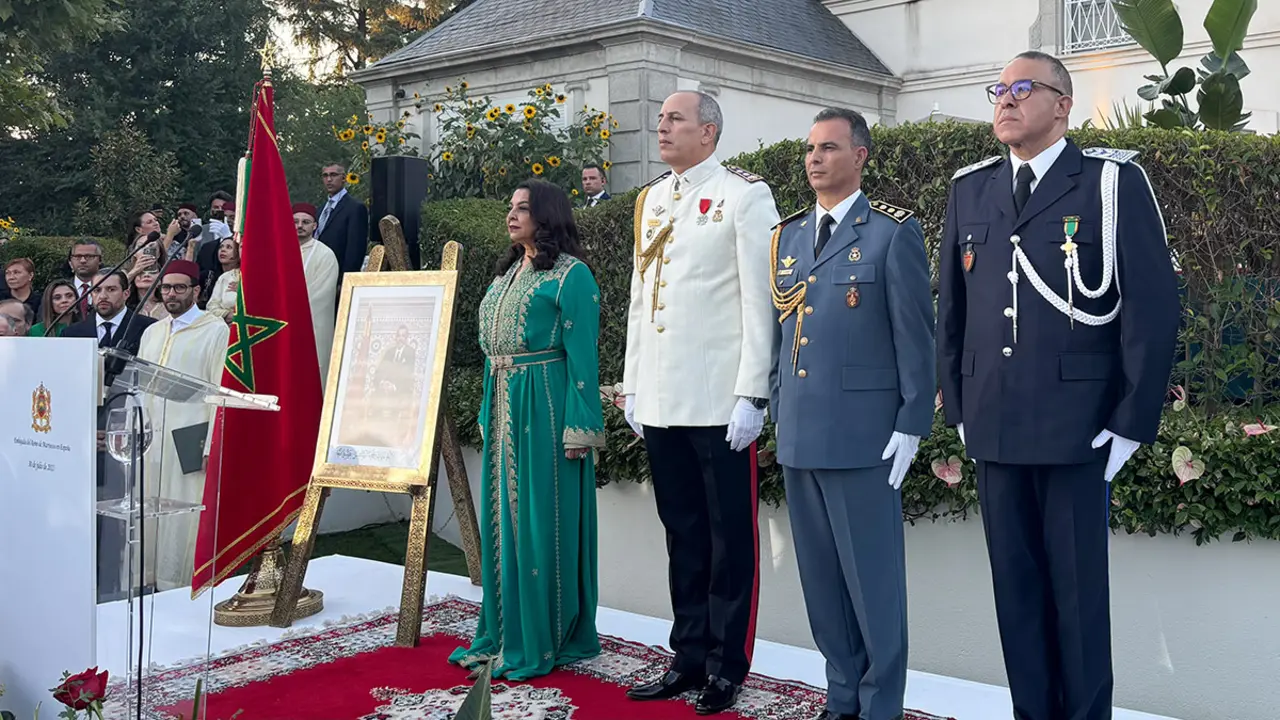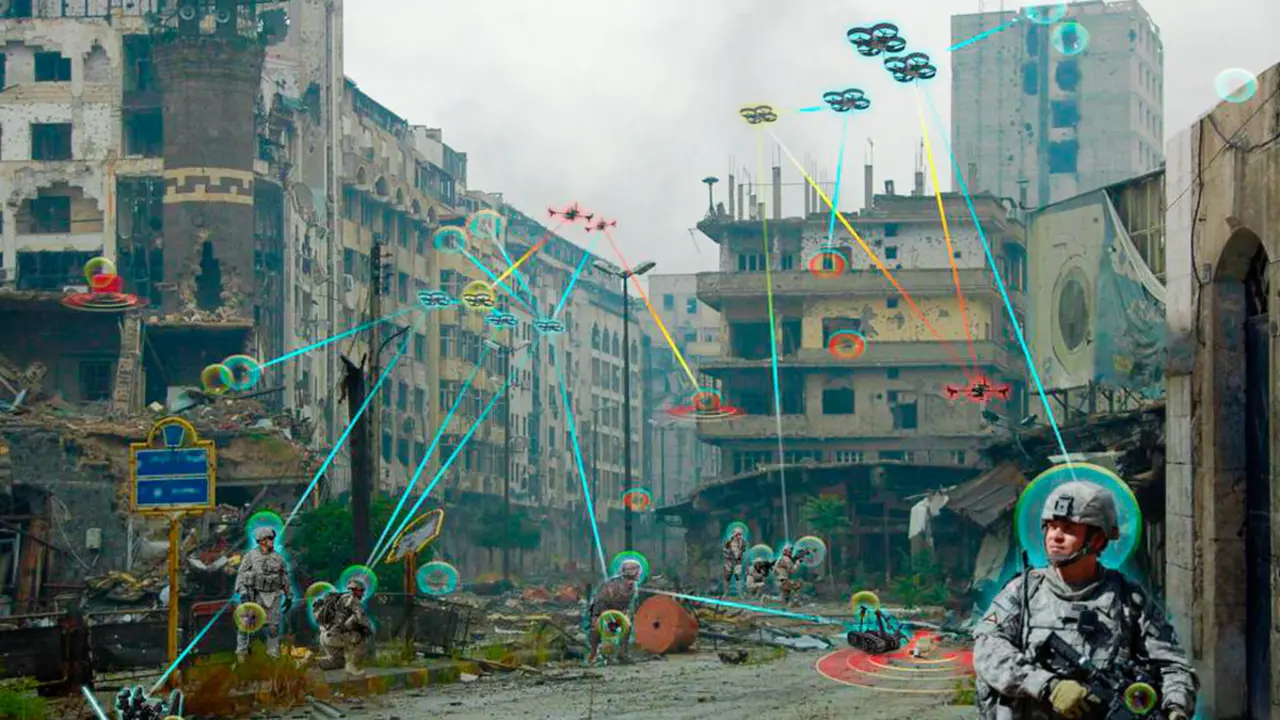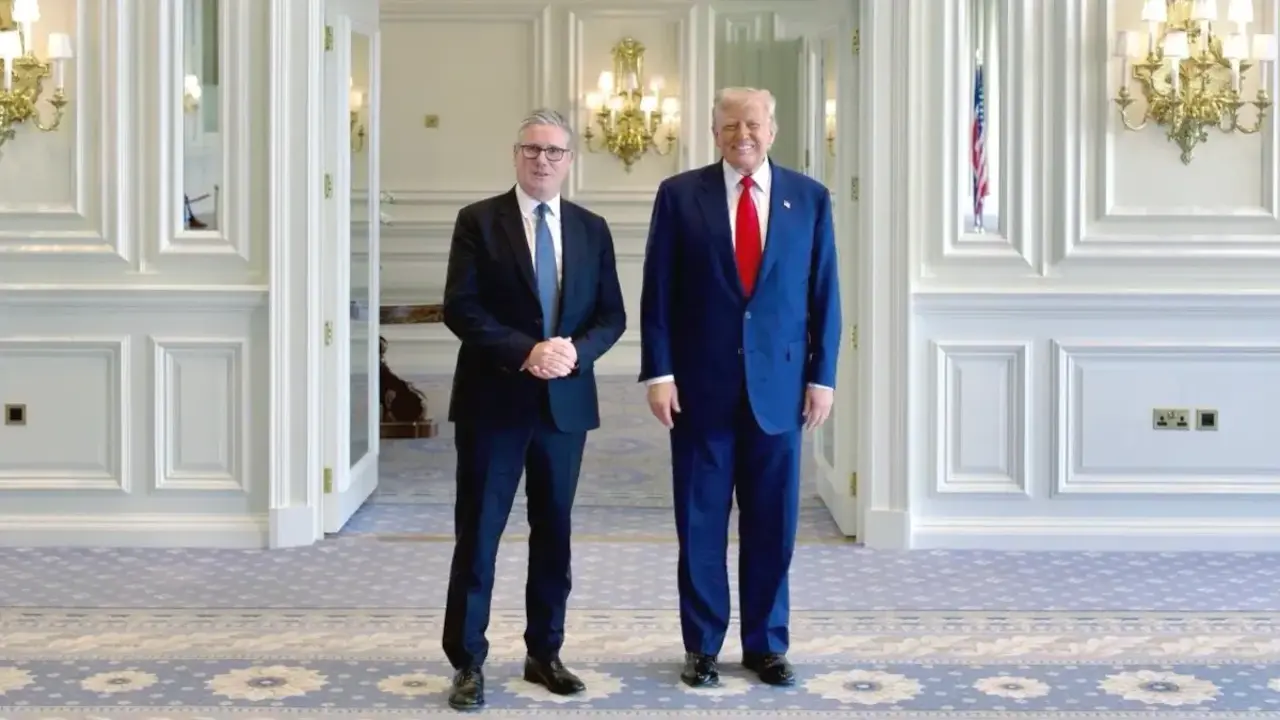Mauritania-Mali: a new point of conflict in the Sahelian hornet's nest
Deteriorating relations between the two countries since 2020 have led to a dangerous escalation in border tensions
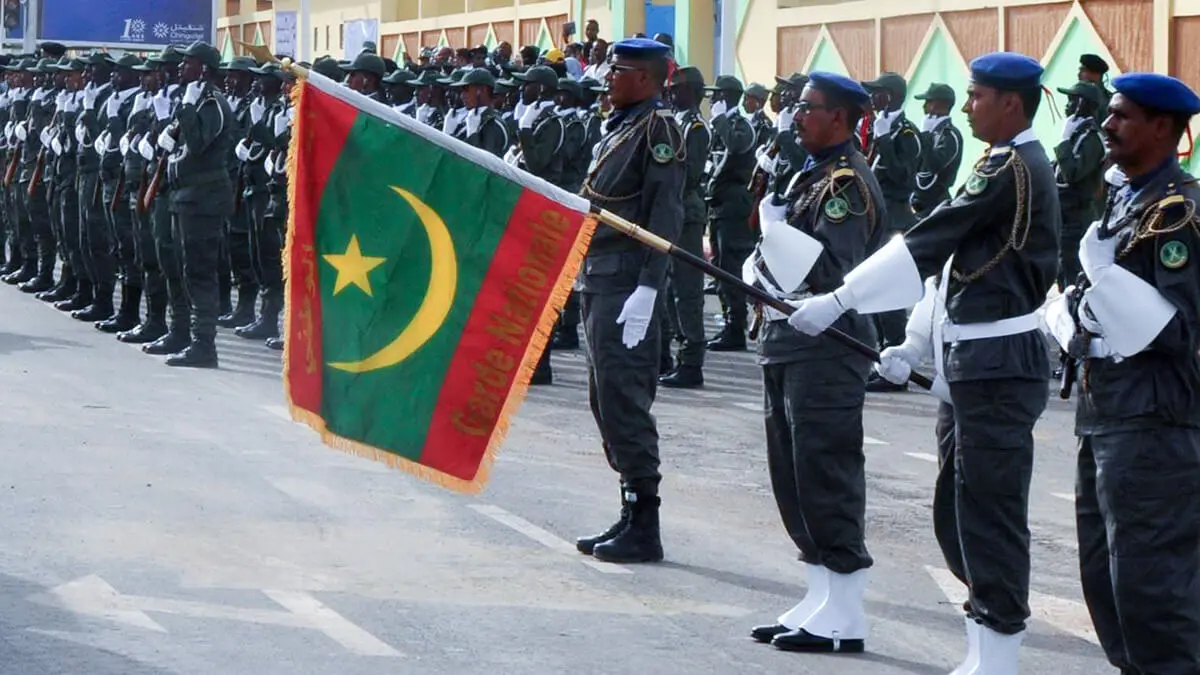
The border region between Mali and Mauritania has become one of the most turbulent regions on the African continent. The growing impact of terrorism in the Sahel region and, specifically, on the border between these two countries, has caused Malian military forces to overstep the bounds of their operations, entering Mauritanian territory, which has aroused the indignation of the Mauritanian government.
The Sahel hornet's nest
To understand the Mali-Mauritania conflict, one must go back to the history of instability in the North African region of the Sahel, a strip of land bordered by the Sahara desert to the north and the Sudanese savannah to the south. It stretches from the Atlantic Ocean to the Red Sea, crossing the territory of ten countries: Senegal, Mauritania, Mali, Burkina Faso, Niger, Nigeria, Chad, Sudan, Eritrea and Ethiopia.
As a report by the Spanish government's Department of National Security explains, since the early 1990s, jihadist terrorism found in northern Mali and the rest of the Sahel the ideal scenario to exploit the institutional weakness of national governments, filling the state vacuum and usurping their competences.
The situation worsened since 2008, with the establishment of al-Qaeda in the Islamic Maghreb (AQIM) in the region. This terrorist organisation announced the creation of an Islamic emirate in northern Mali, although France's military intervention prevented the jihadists from overthrowing the Bamako regime.
Nevertheless, terrorism continued to grow in the Sahel. The presence of AQIM was joined by that of Islamic State, with two branches active in the area: Boko Haram, since 2015, on the border between Burkina Faso, Mali and Niger; and Islamic State in West Africa, in northern Nigeria and the Lake Chad Basin.
The data compiled by the Elcano Royal Institute are shocking: in 2008, the region accounted for only 1 per cent of global terrorism deaths; by 2024 it has reached 48 per cent. Five of the ten countries most affected by terrorism are in the Sahel, and seven of the ten deadliest attacks have taken place there.
The failed G5S
To combat this scourge, five countries in the region (Burkina Faso, Chad, Mali, Mauritania and Niger) created the so-called G5 Sahel or G5S at a summit of heads of state in February 2014 in the Mauritanian capital Nouakchott.
Its aim was to create a coordination framework for regional responses to migration flows, radicalisation, violent extremism and transnational organised crime.
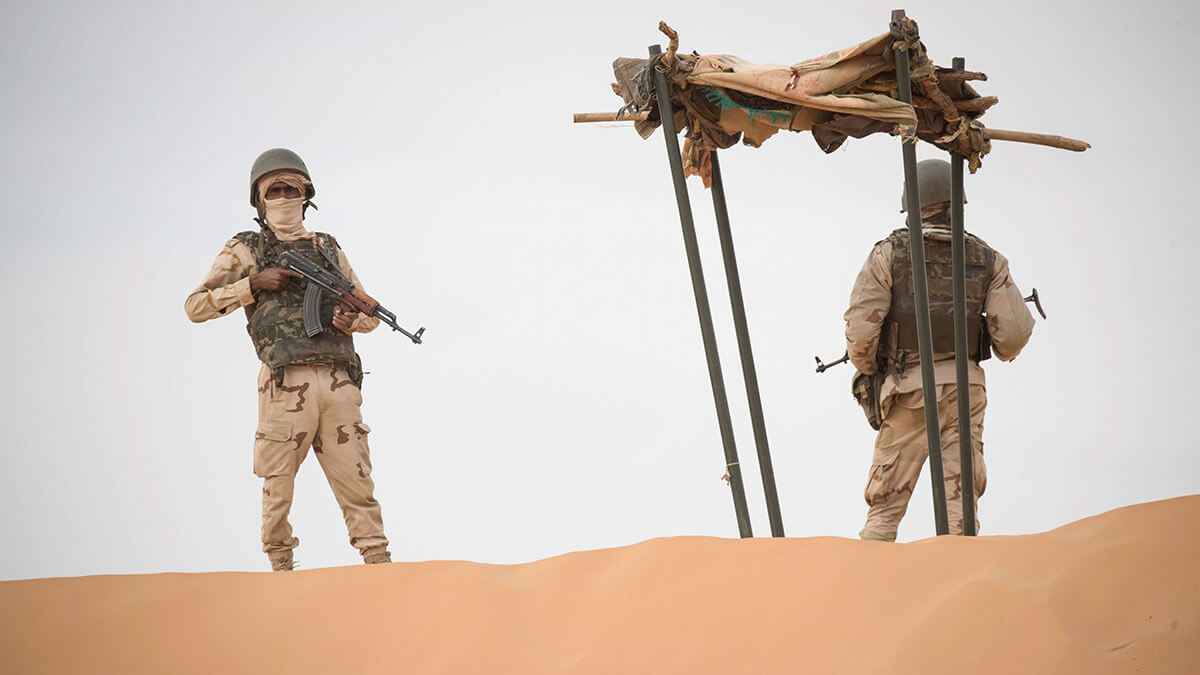
However, it had little impact. The internal problems of the group's member countries precipitated its failure: in May 2022, Mali announced that it was leaving the group in protest at the fact that it was not allowed to assume the rotating presidency due to its internal political situation.
In December 2023, Niger and Burkina Faso also withdrew from the group, following coups that brought the military to power in both countries - the coup de grace for the G5S.
Russia and China
In addition to terrorism, the situation in the Sahel has been complicated in recent years by the intervention of two foreign powers in the region: Russia and China. Russia has fostered anti-Westernism in the region through disinformation campaigns that the various military juntas have exploited to legitimise themselves.
In addition, the Putin government has increased its arms sales to the region's armies and has intervened in the region through its private armed wing, the Wagner Group, which has been training, providing security services and participating in operations in the region.
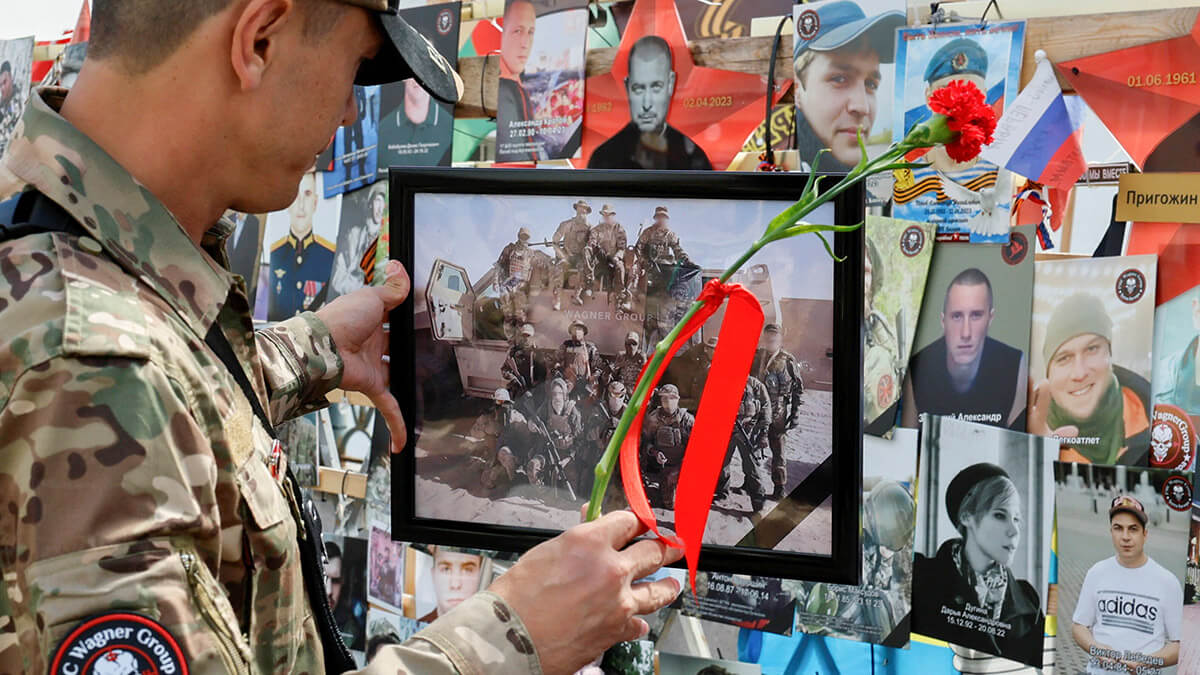
China's intervention has been somewhat more subtle, also with military aid and economic objectives (targeting the region's mineral resources), but equally destabilising.
The Mauritania-Mali conflict
Right now, the border conflict between Mauritania and Mali is one of the hottest spots in the Sahel. The coup d'état that took place in Mali in August 2020 and precipitated its exit from the G5S was the beginning of the deterioration in relations between the two neighbouring countries.
From late 2021, the western region of Mali, near the border with Mauritania, began to suffer a wave of terrorist attacks, triggering the reaction of the Malian armed forces who, in January 2022, crossed the border into the Adil Bakrou region, triggering clashes that claimed the lives of seven Mauritanian civilians. In response, the government sent a high-level delegation to Bamako to discuss the control and management of the common border.
In March 2022, the situation escalated, with abductions and killings of civilians in the Mauritanian border region of Bir El Atai, prompting further protests from Mauritania and the opening of an investigation, establishing joint patrols for border control.
After a few months of relative calm, a new incident occurred in January 2023, with the killing by the Malian army of seven Mauritanian shepherds crossing the border area of Adal Bakro.
Although Mali officially denied the responsibility of members of its armed forces in the incident, in March of that year several Mauritanian civilians were killed in Mali. The Mauritanian government conveyed its protest to the Malian ambassador and accused the Malian regular forces of the incidents against the civilians.
Mauritania's reaction
Early last April, Malian military killed several civilians in the Mauritanian villages of Madallah and Fassala. The crisis was complicated by the joint military campaign launched by the Malian armed forces and the Russian Wagner Group. Mali's interim president, Assimi Goita, tried to contain the crisis by appealing to Mauritanian President Mohamed Ould Ghazouani.
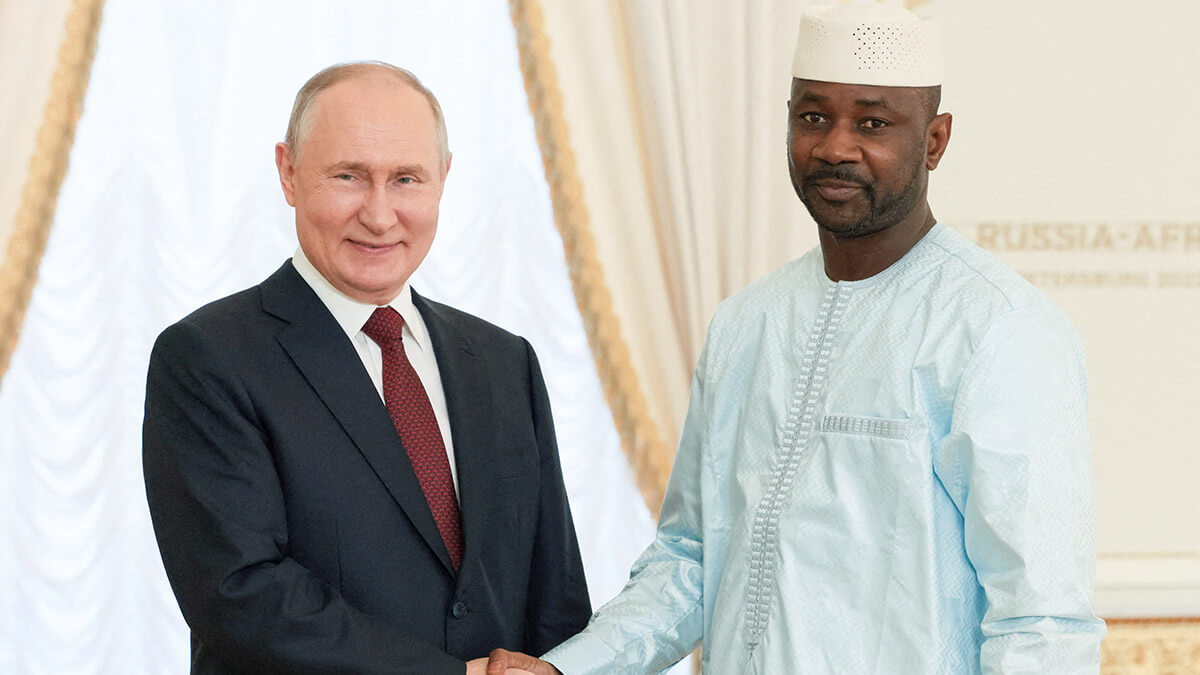
The April 2024 crisis has been a turning point in bilateral relations between Mauritania and Mali, as it triggered an escalation of consequences: the Mauritanian government stopped allowing Malian civilians to enter its territory without prior permission, disrupting the flow of herders and traders across the border.
In turn, growing hostile sentiment in Mali led to the blocking of Mauritanian trucks entering the country for commercial purposes, prompting further protests and meetings between representatives of the two governments.
In early May, the Mauritanian government spokesman announced the full readiness of the Mauritanian armed forces to defend the homeland and warned either side not to attack Mauritanian territory. As a demonstration of power, on 4 May, the Mauritanian armed forces began large-scale military manoeuvres in the state of Hodh El Sharqi, involving the air force and artillery, in the presence of the Ministers of Defence and the Interior, and the Mauritanian Army Chief of Staff.

And a further demonstration: on 10 June, the Mauritanian Gendarmerie organised an extended manoeuvre involving more than 1,500 troops, with over 200 military vehicles, in the capital Nouakchott, the coastal city of Nouadhibou and the southern regions as far south as Kobni, close to the Malian border.
Closeness to NATO and China
The escalation of tensions with Mali and the rapprochement of Mali, Burkina Faso and Niger with Russia have forced Mauritania to seek external support, the most important of which has been NATO, which is keen to control Russian interference in the Sahel countries.
Mauritania was invited to participate in the NATO summit in June 2022, which approved a security and defence assistance package to Nouakchott aimed at improving its capacity to deal with multiple threats.
For NATO, a closer relationship with Mauritania was key to maintaining its ability to interact with military and security developments in this troubled region.
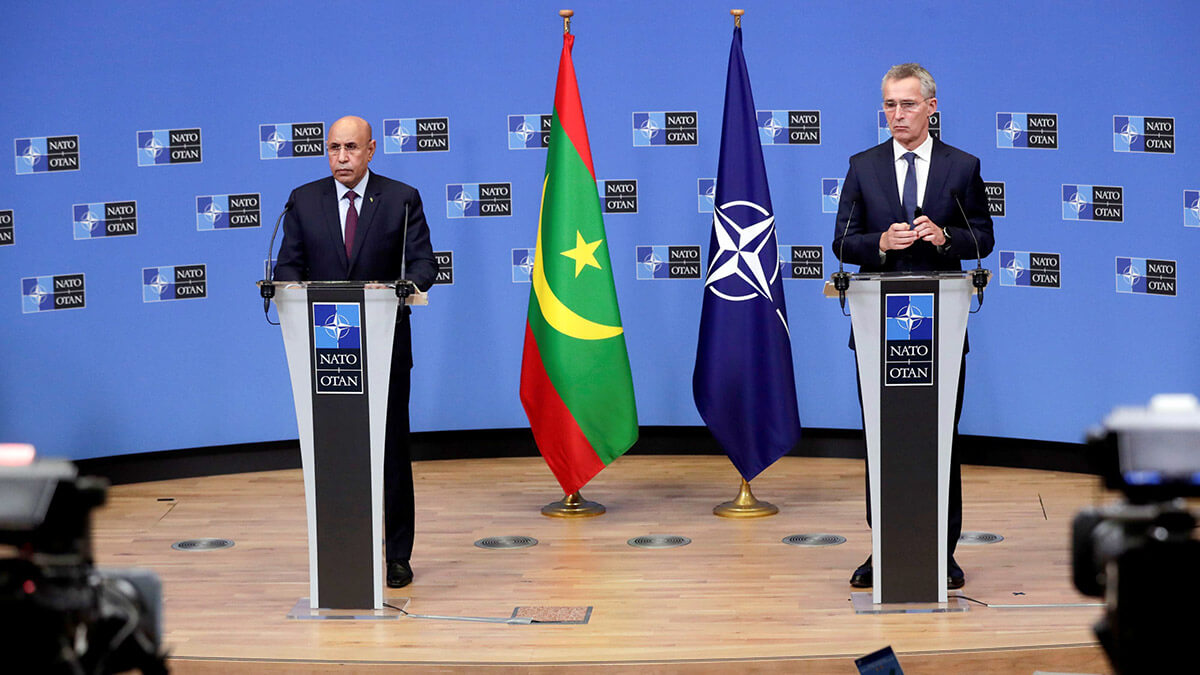
Mauritania has also turned to another foreign actor in the region, China, advancing diplomatic relations, culminating in the Mauritanian president's visit to Beijing in July 2023.
The Chinese government signed several agreements with Mauritania in the agriculture, fisheries and renewable energy sectors, and included Mauritania in the programme to alleviate African countries' debts.
Although it has not been proven, there are indications that the new drones used by the Mauritanian army are Chinese-made, which would include the defence sector among the areas of collaboration between the two countries.
Strategic position
Mauritania is a special case among the Sahel countries because of its strategic position, which is also a factor that determines its current foreign policy: geographically, it belongs to the countries of North Africa, but competition between two economic and military giants such as Morocco and Algeria overshadows its role in the region. On the other hand, Mauritania constitutes the western border of the Sahel, which begins in Sudan and runs through Chad, Niger, Mali and Burkina Faso.
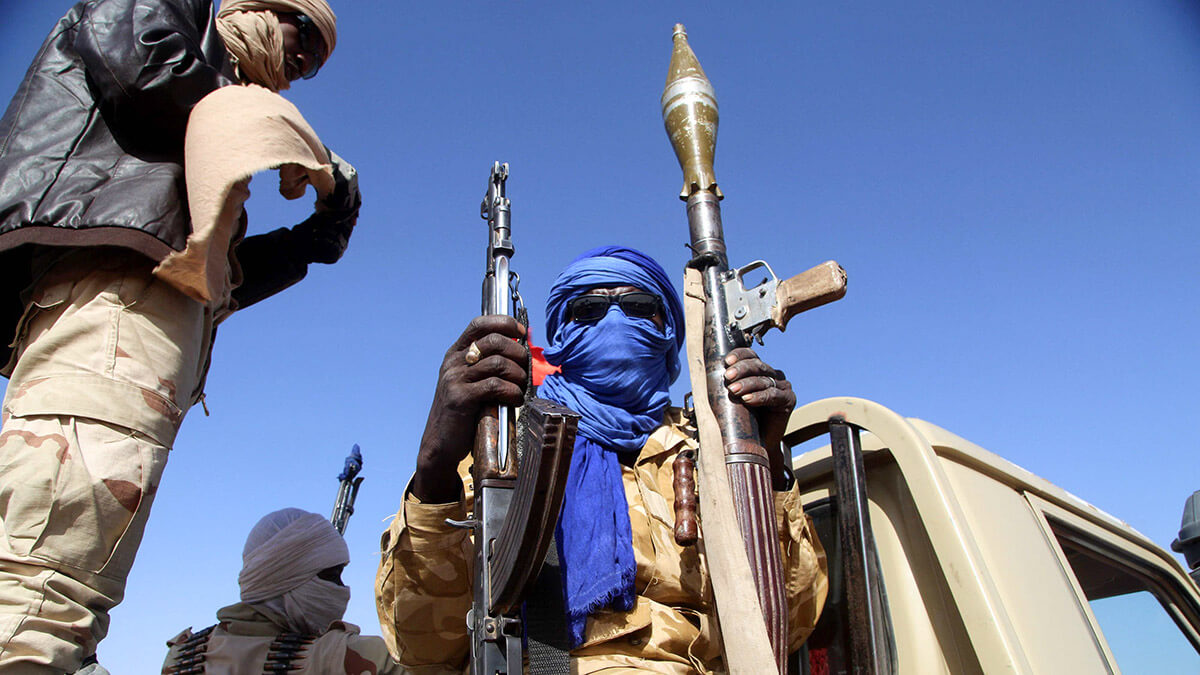
Mauritania's policy reflects a desire to take advantage of this privileged position by strengthening its comprehensive capabilities to become a third player in North Africa, which would attract international powers interested in the promising prospects related to oil and gas exploration and commercial ports.
This will also require political stability. The recent presidential elections have not been able to guarantee this. This is Mauritania's unfinished business in strengthening its role in the region.


